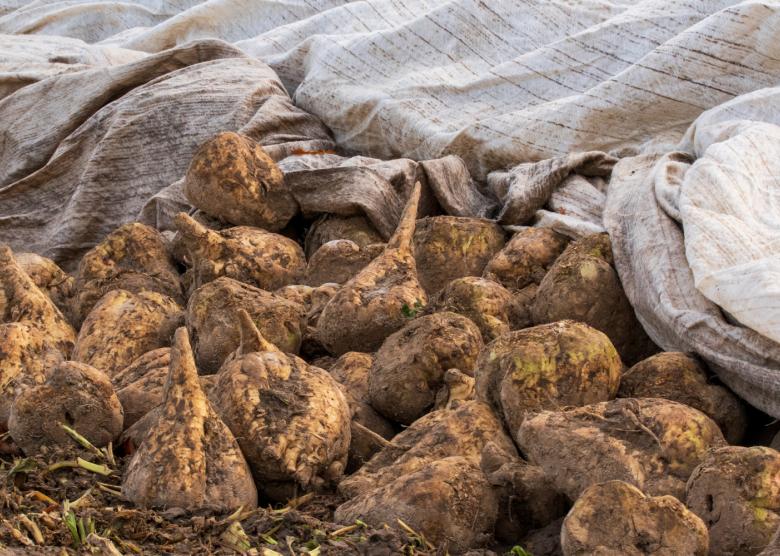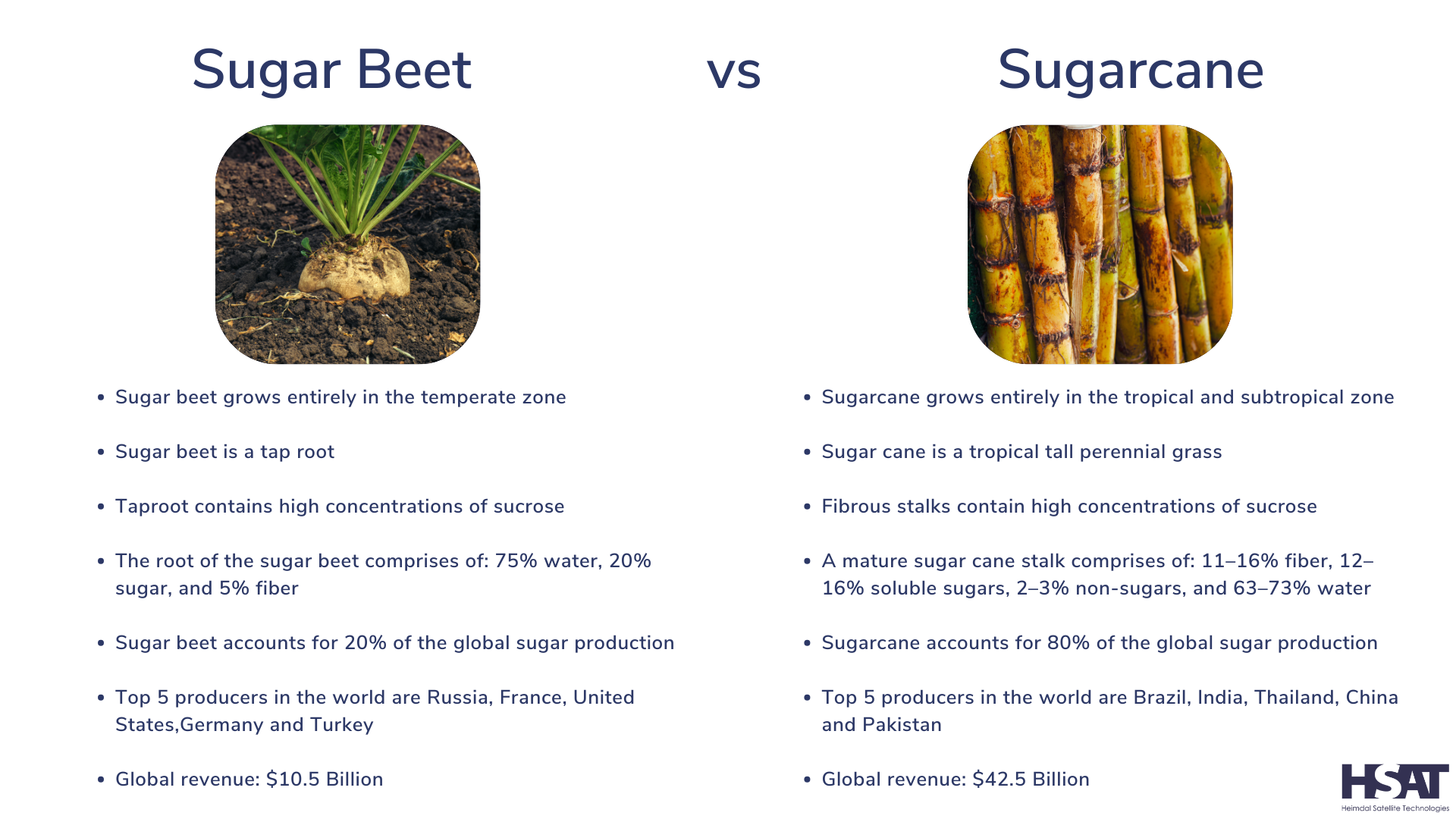Beet Sugar vs Cane: Which One Is Better for Your Health and Diet?
Beet Sugar vs Cane: Which One Is Better for Your Health and Diet?
Blog Article
Beet Sugar Vs Cane: Which Sugar Reigns Supreme in Your Kitchen Area?
The choice in between beet sugar and cane sugar usually reflects not only individual taste however additionally the cooking needs of specific recipes. Walking stick sugar is regularly commended for its abundant, complex flavor that improves baked goods, while beet sugar provides a more neutral sweet taste that might suit a selection of applications.
Origins of Beetroot Sugar
Beetroot sugar, stemmed from the sugar beetroot plant (Beta vulgaris), has a rich history that dates back to the late 18th century. The initial effective extraction of sugar from beetroots occurred in Germany around 1747, when drug store Andreas Marggraf identified the plant's sugar web content. By the very early 19th century, the process was refined and marketed, causing the establishment of beetroot sugar factories throughout Europe.
The surge of beetroot sugar was considerably influenced by geopolitical factors, specifically the Napoleonic Wars, which disrupted cane sugar materials from the Caribbean. This prompted European nations to purchase beet sugar production as a residential option. The establishment of the sugar beetroot industry provided an economic increase to backwoods, creating work and stimulating agricultural techniques.
Origins of Walking Cane Sugar

By the 7th century, sugar walking stick was presented to the Middle East, largely due to the growth of Islamic realms. The modern technology for refining sugar from cane juice progressed during this duration, causing the facility of large-scale sugar manufacturing. The Campaigns even more promoted the introduction of sugar to Europe, where it became a desired deluxe product by the 12th century.
The substantial need for sugar in Europe resulted in the facility of plantations in the Caribbean and South America during the colonial age. This noted a turning factor in sugar production, transitioning from a deluxe excellent to a standard product, basically forming cooking practices and economic situations worldwide.
Taste Profiles Contrast
While both beet sugar and cane sugar serve the exact same key function as sugar, their flavor accounts exhibit subtle differences that can affect culinary applications (beet sugar vs cane). Walking cane sugar is often thought about to have a somewhat more complicated taste, characterized by a hint of sugar notes that can improve the taste of baked goods and confections. This depth is credited to the existence of trace element and natural compounds that are extra pronounced in cane sugar as a result of its natural processing techniques
In comparison, beet sugar has a tendency to have a cleaner, extra uncomplicated sweet taste with much less taste intricacy. It is usually referred to as having a slightly metal aftertaste, which might be much less preferable in specific fragile meals or drinks. This difference comes to be specifically considerable in recipes where the sugar's flavor may take on other components, such as in fruit preserves or great breads.
Inevitably, the option in between beetroot sugar and walking cane sugar might boil down to individual choice and the specific demands of a recipe. For those looking for a nuanced flavor to match their culinary developments, walking cane sugar may be the recommended choice, while beetroot sugar acts as a functional and practical option in many applications.
Nutritional Distinctions
Nutritionally, both beet sugar and cane sugar are virtually official source identical, primarily made up of sucrose and offering the exact same caloric content. Each kind of sugar check this site out includes roughly 4 calories per gram, making them comparable in energy contribution when made use of in food and drinks - beet sugar vs cane. This resemblance reaches their chemical frameworks, which consist of sugar and fructose molecules adhered together
While the key nutritional value of both sweeteners is basically the exact same, some minor variants exist in trace minerals. Cane sugar may consist of little quantities of potassium, magnesium, and calcium, while beetroot sugar is usually lacking these nutrients. The amounts present are minimal and do not dramatically impact general nutritional consumption.
It is crucial to note that neither beetroot sugar nor walking cane sugar uses any type of considerable health benefits; they are best consumed in small amounts as part of a well balanced diet. Excessive usage of any kind of sugar can add to health and wellness concerns such as weight problems, diabetes, and dental issues. Consequently, when considering dietary distinctions, the focus ought to remain on moderation and general nutritional patterns as opposed to the min differences between beetroot and walking cane sugars.
Food Preparation and Baking Uses
When it concerns cooking and baking, both beetroot sugar and cane sugar can be used interchangeably in the majority of dishes as a result of their similar chemical make-up and useful properties. recommended you read Both sugars consist mostly of sucrose, which means they will provide the exact same degree of sweet taste and add to the Maillard response, crucial for browning and taste growth in baked products.
In cooking, both beetroot and walking stick sugars can be used in cookies, cakes, and breads without impacting the structure or framework of the end product. Nonetheless, there are refined differences in taste; some bakers say that walking stick sugar gives a somewhat cleaner sweet taste, while beet sugar might present a much more robust taste.
For cooking applications, both sugars perform just as well in sauces, sauces, and dressings, improving flavors without modifying the designated outcome. Additionally, they can be made use of in candy-making processes, where precision is vital, as both sugars crystallize likewise.

Verdict
In recap, both beetroot sugar and walking stick sugar possess distinctive beginnings and taste accounts that influence their culinary applications. Walking stick sugar's complex, caramel-like notes improve the flavor of baked goods, while beet sugar supplies a clean sweet taste ideal for a large range of meals.
Cane sugar is frequently applauded for its rich, complicated taste that enhances baked products, while beetroot sugar uses a more neutral sweetness that might suit a range of applications.Beetroot sugar, derived from the sugar beet plant (Beta vulgaris), has a rich background that dates back to the late 18th century.While both beet sugar and cane sugar serve the exact same key function as sugar, their taste accounts exhibit refined distinctions that can influence cooking applications.In recap, both beet sugar and walking stick sugar have distinct origins and taste profiles that influence their culinary applications. Walking cane sugar's complex, caramel-like notes improve the taste of baked goods, while beet sugar uses a tidy sweet taste suitable for a large array of dishes.
Report this page